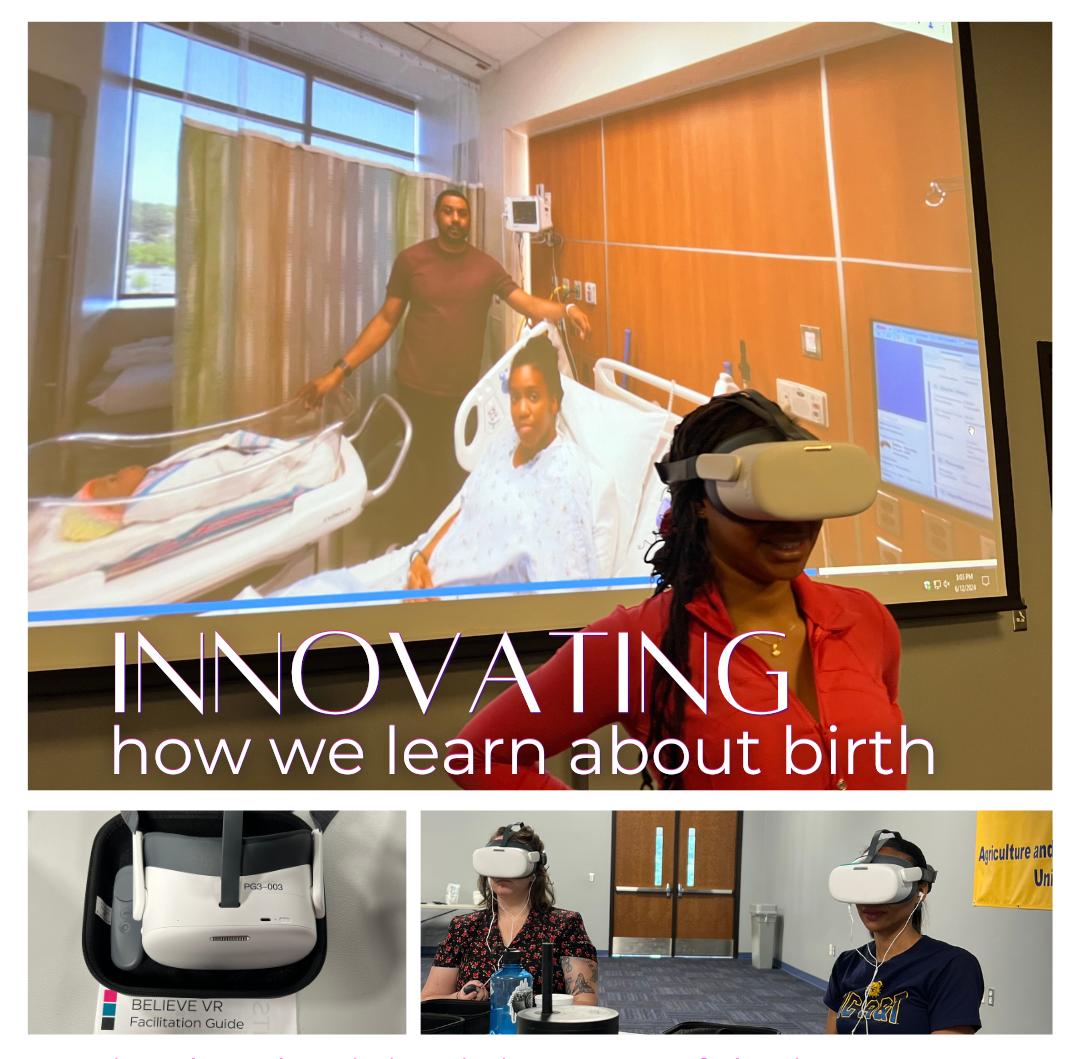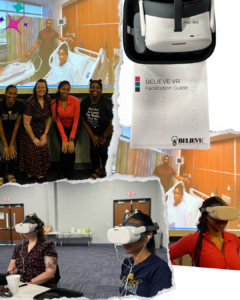Why is this important?
By integrating diversity, equity, and interdisciplinary collaboration into maternal health education and training, we can empower future generations of healthcare providers to become advocates for change. These learners will play a crucial role in challenging systemic injustices, advocating for policies that promote health equity, and ultimately, improving outcomes for mothers and babies everywhere.
How are you involving interdisciplinary teams?
Through culturally adapted training programs and curriculum development, we can equip healthcare providers with the knowledge and skills needed to address the underlying social determinants of health and systemic issues that contribute to disparities in maternal outcomes.
Education and training programs that prioritize diversity and equity can help break down barriers to care by fostering a healthcare workforce that is sensitive to the needs of underserved communities and equipped to provide culturally responsive care. Equity in maternal health education goes hand in hand with addressing health disparities that disproportionately affect marginalized communities – including the access to education and services.
Our teams about proud to unite not just diverse trainees, but partner with communities, organizations and programs that are committed to creating inclusive learning environments that celebrate the richness of diversity and strive for equity in care.
Together, we can transform maternal health education and training to ensure that every birthing person receives the respectful, compassionate, and high-quality care she deserves.
Learn more about the BELIEVE Birth Team, and work underway to make sustained policy and systems change for birthing parents in our country by joining our mailing list.
Follow us on Instagram at @Believe_Birth and tag #Believe_Birth.
__________________
Reference: Smith, J., Jones, L., & Johnson, K. (2019). The impact of interdisciplinary collaboration in maternal healthcare: A systematic review. Journal of Interprofessional Care, 33(6), 691–699. https://doi.org/10.1080/13561820.2019.1615867





 We are changing the way maternal health education and training has been done. Using technology, such as virtual reality and gamified training, we are bringing together different health professionals together to care for birthing people – and learn best practices through simulation experiences.
We are changing the way maternal health education and training has been done. Using technology, such as virtual reality and gamified training, we are bringing together different health professionals together to care for birthing people – and learn best practices through simulation experiences.